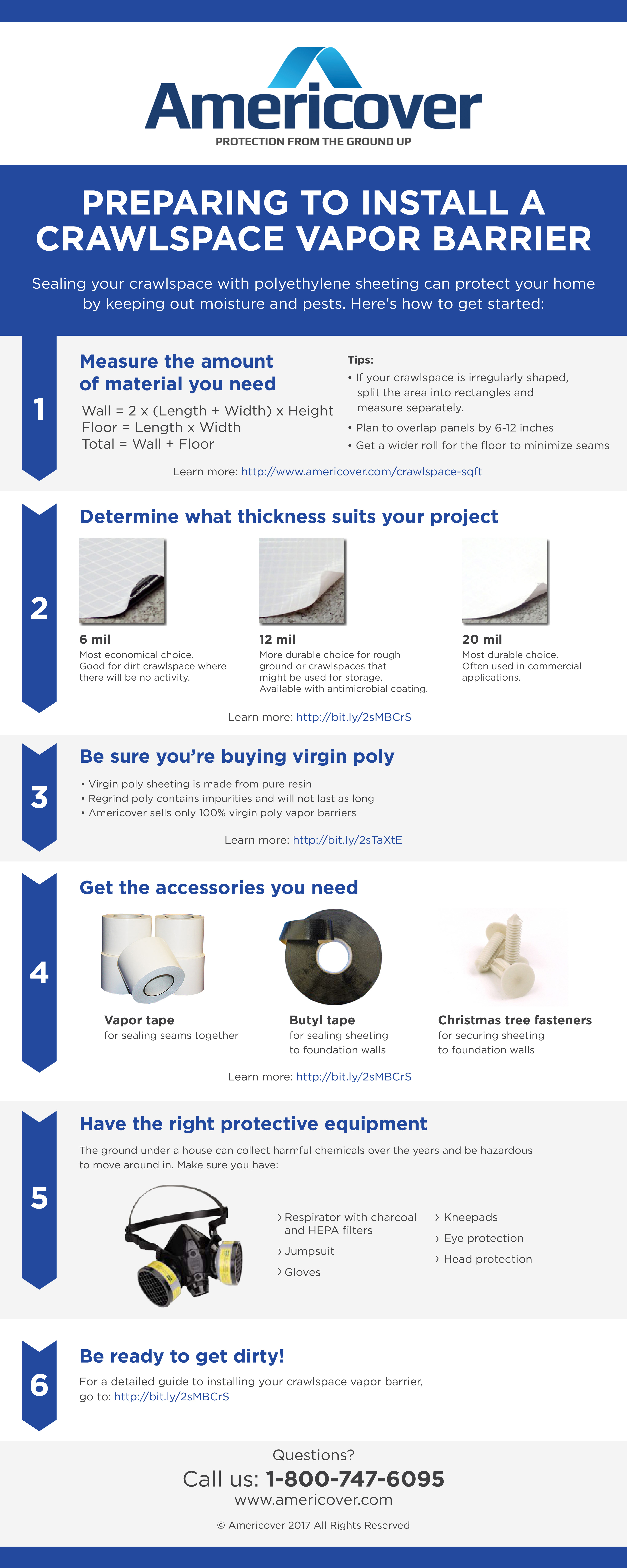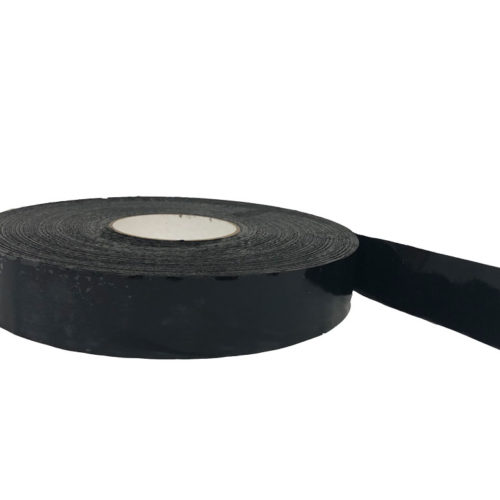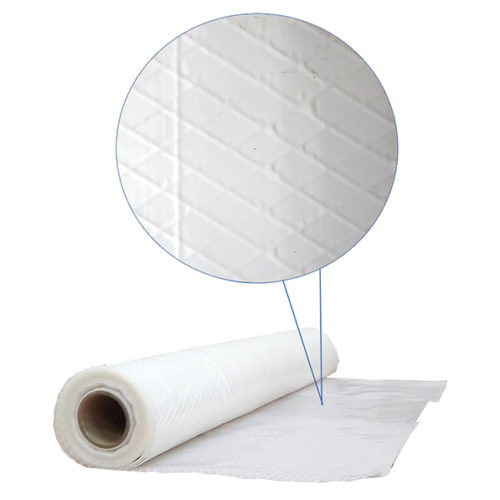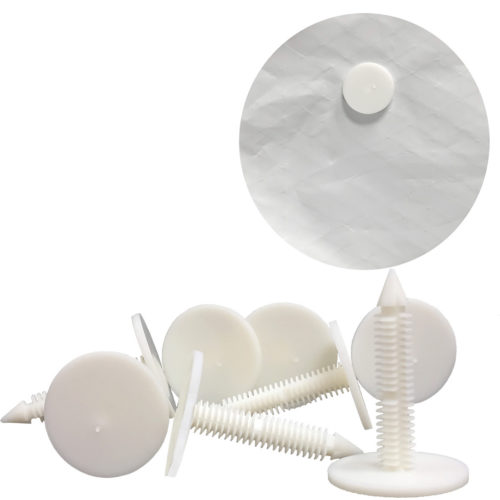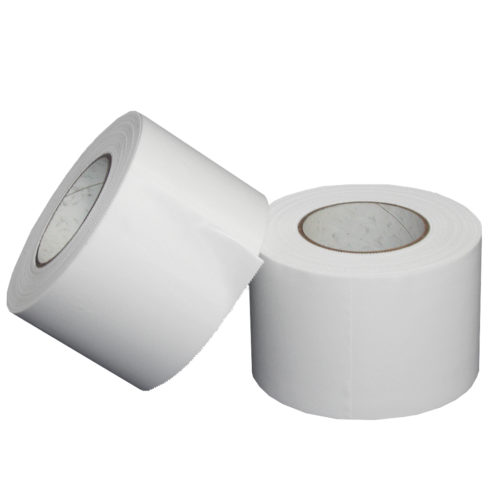
Are you living on top of an exposed dirt crawlspace? If so, moisture could be seeping into your home’s floors and living space, leading to mold or wood rot. And moisture, mold, and rot are words no homeowner wants to hear.
Crawlspaces beneath older houses are usually vented, meaning they have small openings to let air pass freely between the crawlspace and outside. In practice, however, these vents don’t do a good job of circulating air, so whatever moisture makes it under the house will stay there.
In humid climates – in the continental U.S., that means the Southeast and parts of the Northeast and Midwest – vented crawlspaces are especially damaging. Moisture-laden air entering the crawlspace condenses into water droplets on cool pipes and concrete walls, and that promotes mold, fungus, mildew, and bacteria.
Fortunately, vented crawlspaces can be sealed with the proper installation of a vapor barrier.
What Does A Vapor Barrier Do?
For those whose homes are vulnerable to humid climates, a sealed crawlspace is a much better option. A sealed, or closed, crawlspace is surrounded by a vapor barrier to block moisture.
Even in dry climates, sealing a crawlspace can lead to energy savings. An Advanced Energy study in Flagstaff, Arizona, showed 15% annual energy savings after crawlspaces were sealed. If you have a bare crawlspace and want to cut energy use, sealing your crawlspace is a great place to start.
The most common vapor barrier material is polyethylene plastic. Even more effective are reinforced materials and 10 mil barriers.
Vapor Barrier vs. Air Barrier vs. Moisture Barrier
If you’ve been wondering what kind of barrier your crawlspace needs, you may have come across some confusing language. Air, moisture, and vapor barriers? Here’s a quick breakdown of the terms:
- Vapor barrier: Vapor barriers have a permeability rating of 0.1 perm or less and are classed as “impermeable.” They are often installed to block moisture inside walls and ceilings, under concrete slabs, and in crawlspaces.
- Moisture barrier: Same as a vapor barrier. These two terms can be used interchangeably.
- Air barrier: Air barriers are designed to block air, not moisture, and will not work on their own to keep moisture out. Air barriers can be insulation or siding that creates self-contained pockets of air.
- Vapor retarder: Materials with permeance ratings between 0.1 and 1 perm are considered “semi-impermeable” vapor retarders, and materials 1 and 10 perm are “semi-permeable.” Vapor retarders may slow moisture, but they are not effective in stopping it the way vapor barriers are.
Preparing for Vapor Barrier Installation
1. Measure the amount of material you need
First, you will need to figure out how much poly sheeting you will need to cover your crawlspace. Remember to get enough material to overlap 6-12 inches at the seams. A 6-foot-wide roll will cover most foundation walls effectively, but consider a wider roll for the floor. Here’s how to calculate the total square footage you’ll need to cover:
Wall = 2 x (Length + Width) x Height
Floor = Length x Width
Total = Wall + Floor
Watch this video for a quick guide on how to measure your crawlspace for encapsulation:
2. Determine what thickness suits your project
A 6 mil (0.006-inch thick) poly sheeting is the most economical choice for a vapor barrier, but you may want to opt for a thicker liner if the ground in your crawlspace is rough, or if you plan on using the space for storage or other applications. Americover sells crawlspace liners up to 20 mil. These liners are tough and even more impermeable to moisture.
3. Be sure you’re buying virgin poly
Make sure you get virgin polyethylene made from pure plastic beads. Regrind polyethylene utilizes recycled materials and can contain impurities. While this may be fine for some applications, you don’t want to use it for long-term crawlspace encapsulation. Read more about virgin vs. regrind. Americover’s crawlspace liners are all 100% virgin poly.
4. Get the accessories you need
You’ll need tapes and fasteners to seal seams and secure your vapor barrier to foundation walls:
- Vapor tape – for sealing seams together, Butyl tape – for sealing sheeting to foundation walls
- Christmas tree fasteners – for securing sheeting to foundation walls
5. Have the right protective equipment
The ground under a house can collect harmful chemicals over the years, waiting to be stirred up by your presence. A good respirator that contains a HEPA and charcoal filter is highly recommended. Also make sure you have:
- Jumpsuit
- Gloves
- Kneepads
- Eye protection
- Head protection
6. Be ready to get dirty!
Click here for a more detailed guide to preparing for your crawlspace encapsulation project.
Do you have more questions? Call our team of knowledge experts at 760-388-6294. We’re here to help you!
